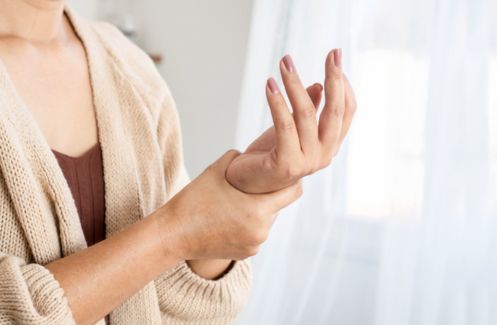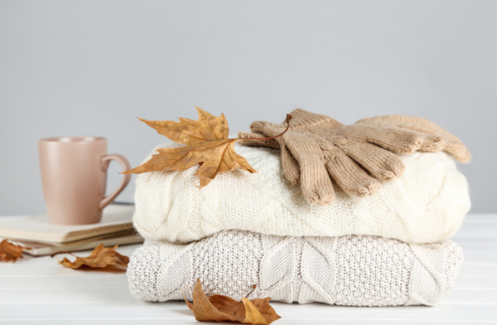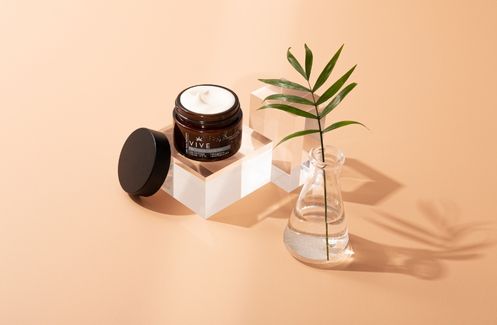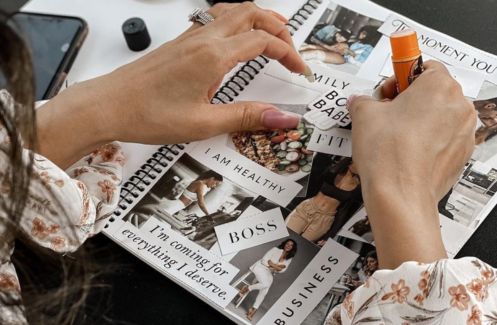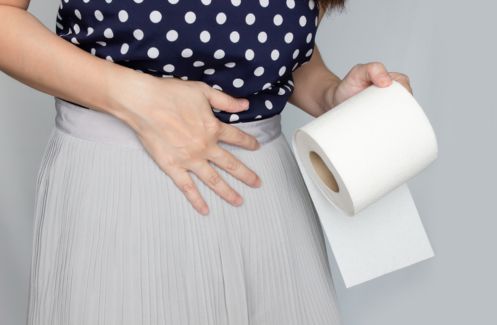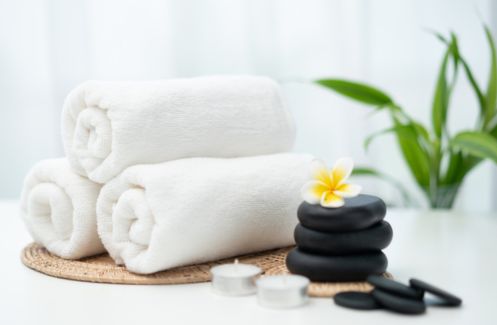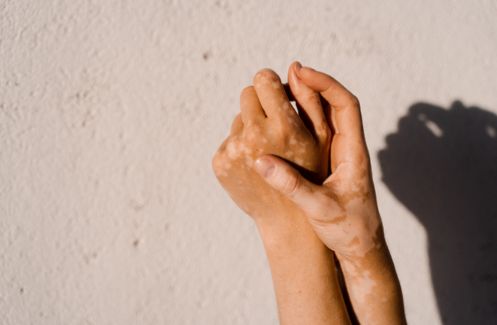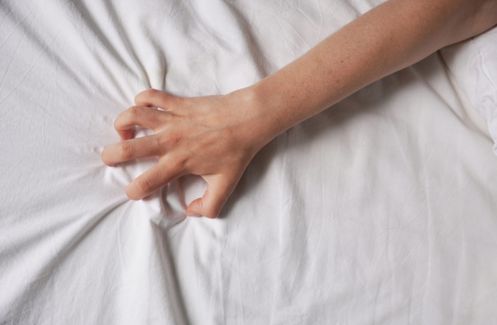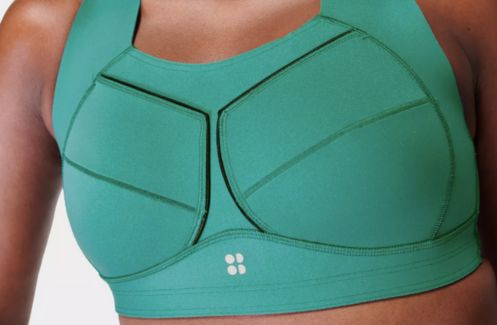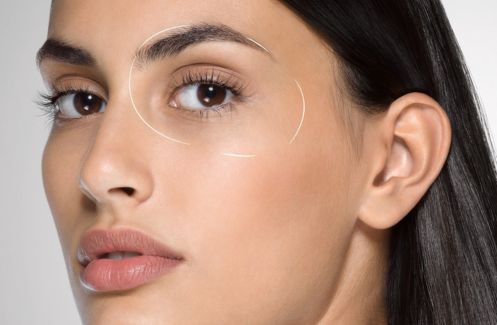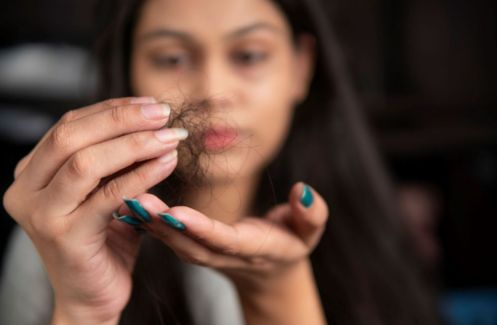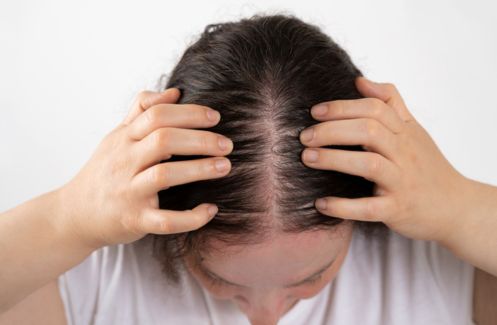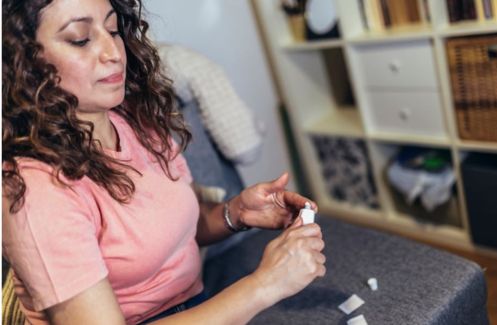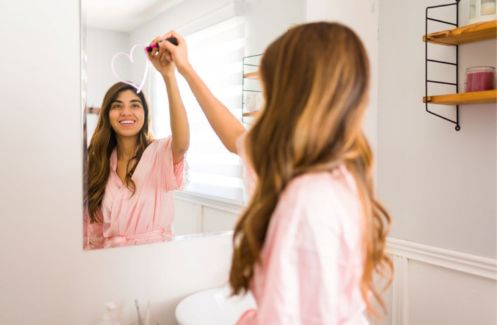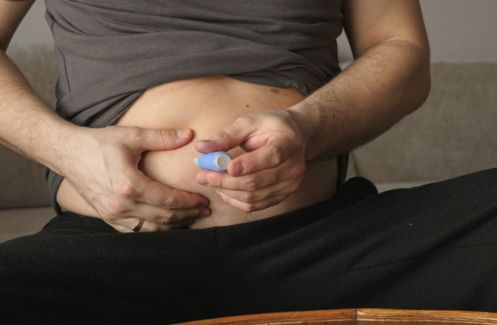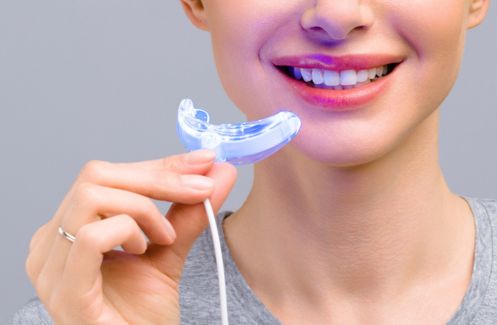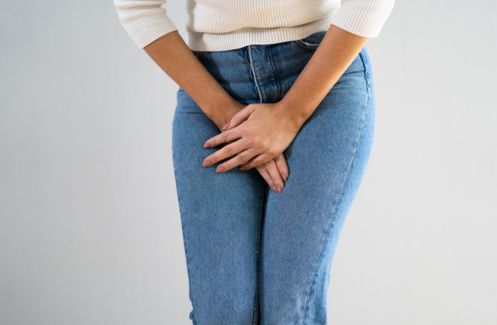Britain’s health watchdog is concerned that women having cosmetic treatments such as Botox and fillers might be at higher risk of infection from dirty needles – we talk to an expert on how to stay safe
The National Institute for Health and Care Excellence (NICE) have expressed concern over growing numbers of people using fillers and Botox after reports about increased infection that may be linked to questionable hygiene practices by those administering the treatments.
Since their last guidance update in 2009, NICE has found an increase in the use of performance and image enhancing drugs, including anabolic steroids, Botox, tanning agents and the use of anti-ageing dermal fillers like collagen and hyaluronic acid.
More teenagers are now injecting these kinds of drugs too and injections can be administered anywhere from medical practices, salons and even at home – due to a lack of regulation of the injectables industry.
So what are the risks involved in being injected with a dirty needle?
Like all injections, cosmetic or otherwise, dirty needles could result to diseases like HIV and hepatitis C.
All big brand names like Juvederm, Restylane, Belotero and Teosyal provide single application treatments with their own safety-sealed and sterilised syringes designed to be single-use only and then thrown away to ensure sterility of the needles they use.
However, aesthetic Physician Dr David Eccleston said some unscrupulous injectors don’t always follow the one-application guideline set by reputable filler manufacturers.
Dr Eccleston said: ‘The fillers will come in a 1cc syringe, but someone may not necessarily, say, need 1cc of filler in their lips – they may only have half a cc.
‘Now some injectors are saying, ‘Well look, what I’ll do is I’ll put your name on the syringe and I’ll store it in the fridge and when you want topping up again, we can put the other half of the syringe in.’ But unfortunately, once you’ve broken the sterility, there is a risk of infection.’
If a filler syringe is not kept in sterile conditions, it can develop something called a ‘bio-film’, where bacteria becomes present on the surface of and within the filler and could cause chronic inflammation and infection to the filled areas.
So, how can you tell if your injector is reliable?
‘To inject Botox, they only have to be a doctor, a nurse, or a medical professional, and be prepared to take responsibility for what they are injecting,’ says Dr Eccleston. ‘They don’t have to be a member of an organisation, like the British College of Aesthetic Medicine (BCAM). But if they are a member, you can rely on them being experienced, competent and insured, having had their practice assessed for hygienic practice’.
If you want to be more hygiene-aware when it comes to fillers, make sure your injector is following the right procedure. Eccleston suggests asking questions such as: ‘Can I see where you got that syringe from?’ and ‘Can I make sure you’ve thrown it away?’. All injectors should be wearing gloves, removing the syringe from its packaging in front of you (from a single use packet in the case of fillers), and throwing it away into a sharps bin immediately after injecting, he explains. Although the procedure for Botox is a little more complex (it being delivered as a dry powder which then has to be hydrated with saline), the procedure should still be the same.
See NICE’s latest guidance updates here.

Like this article? Sign up to our newsletter to get more articles like this delivered straight to your inbox.























